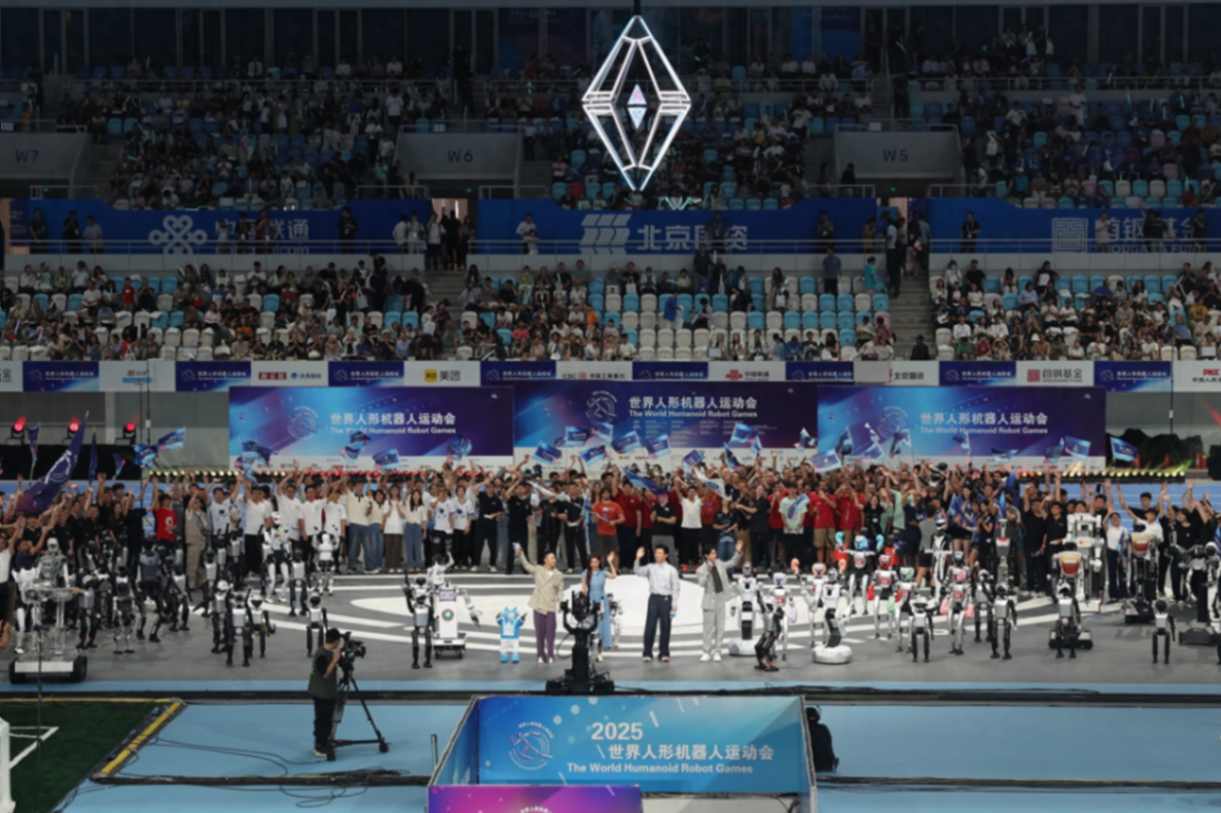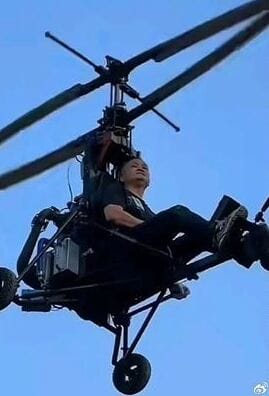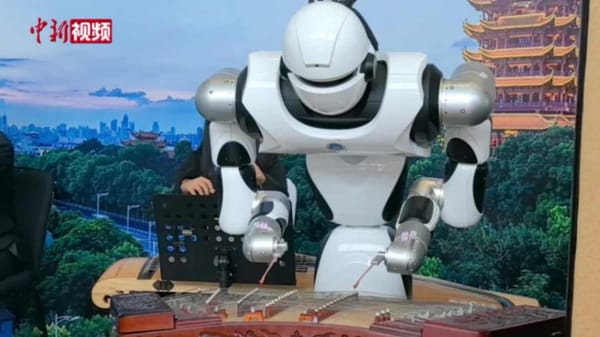2025 World Humanoid Robot Games Officially Open
Discover how the 2025 World Humanoid Robot Games fuse AI and sports, showcasing cutting-edge robotics and thrilling global competition.

The Dawn of a New Sporting Era 🤖✨
Imagine a world where athletic competition isn't just about human prowess but also about the incredible capabilities of humanoid robots. That reality kicked off officially on August 14th, 2025, as the World Humanoid Robot Games opened at Beijing's National Speed Skating Oval, aka the Ice Ribbon. This event isn't just a contest; it's a spectacle celebrating the future of technology and sports intertwined.
The opening ceremony, themed "Intelligent Competition Towards the Future," provided a stunning showcase of how artificial intelligence and human spirit are merging to push boundaries. Picture robots competing with precision, speed, and grace that challenge even the best human athletes. It's a glimpse into tomorrow’s world 🌍.
Global Gathering of Innovation and Competition 🌐
The Games are a joint initiative involving the People's Government of Beijing Municipality, China Media Group, the World Robot Cooperation Organization, and the RoboCup International Committee. With 280 teams representing 16 countries, the event is truly global. These teams aren’t just building robots; they're shaping the future of intelligent decision-making and motion coordination in robotics.
From August 15th to 17th, the competitors battled it out in 26 events across categories like competitive races, performance challenges, scenario simulations, and preliminary rounds. A total of 487 matches promised to keep spectators on the edge of their seats, witnessing innovations that could redefine sports and robotics alike.
Why The World Humanoid Robot Games Matter 🔍
Beyond the thrill of competition, these games highlight the rapid progress in robotics technology. Humanoid robots now demonstrate skills once thought uniquely human—strategic thinking, fluid movements, and adaptation to dynamic environments. This has profound implications not just for sports entertaining us today but for myriad applications tomorrow, from healthcare to disaster response.
Watching robots interact in such a competitive and public setting inspires curiosity. What will these incredible inventions be capable of in five or ten years? How will society adapt? Such questions turn the World Humanoid Robot Games from mere event to a symbol of human ingenuity and the endless quest to push our own limits through technology.




